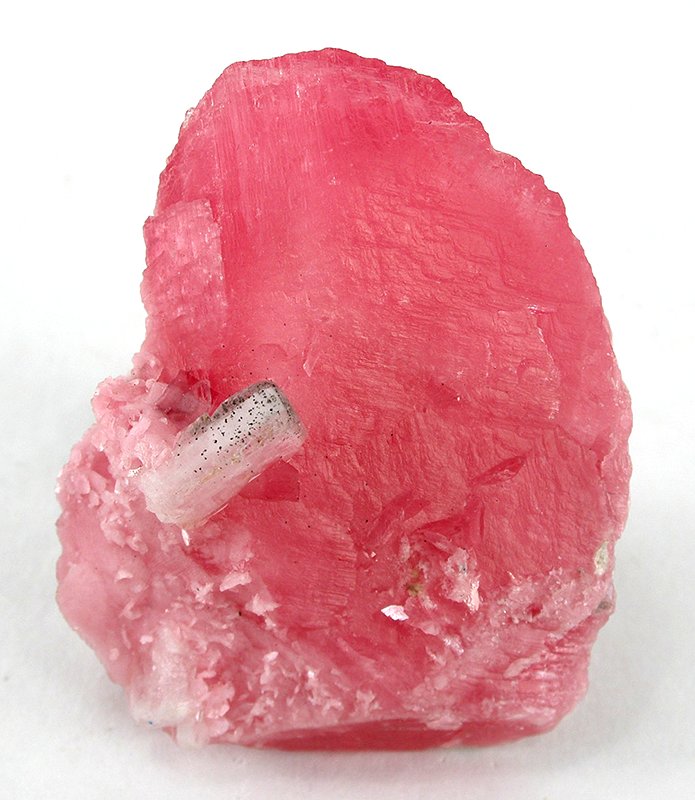Pink is more than just a pretty color. It is often associated with a range of symbolic meanings, representing qualities such as femininity, tenderness, and love. It conveys a sense of sweetness, compassion, and nurturing. Pink is also linked to innocence, youthfulness, and playfulness. When it comes to understanding the impact of colors on human emotions and behavior, exploring the field of color psychology can provide valuable insights into the use of feminine color.

Moreover, it can evoke feelings of tranquility and relaxation, making it a color associated with stress relief and emotional balance. The color pink holds diverse interpretations across different cultures and contexts, but its overall symbolism revolves around affection, gentleness, and the softer aspects of human emotions. When considering color associations, pink is often linked to femininity and tenderness.
Pink Color Meanings in Different Cultures
Pink holds different meanings in various cultures, including China. In Western cultures, the color pink is often associated with femininity, love, and tenderness. It symbolizes a nurturing and gentle nature. In some Eastern cultures, pink is considered a color of good luck and prosperity, representing positive energy and abundance. Pink’s symbolism of youthfulness and innocence is reflected in its lighter and softer shades.
Additionally, certain religious contexts attribute pink to purity and spirituality. The symbolism of pink can vary depending on the shade, with lighter pinks representing sweetness and romantic love, while darker pinks convey passion and intensity. It is truly fascinating how the color pink can hold such diverse meanings across different cultures.
What Does the Color Pink Mean in the Bible?
In the vast tapestry of biblical symbolism, the color pink does not occupy a specific role or hold an assigned meaning. Unlike some other colors mentioned in the Bible, pink is not explicitly referenced or given a symbolic significance. It is important to remember that interpretations of color symbolism can be subjective and can vary across different cultural and historical contexts. The Bible typically associates colors with symbolic meanings based on their connections to emotions, events, or objects.

Pink, being a lighter shade derived from red, can be seen as an extension of the color’s symbolism. In biblical interpretation, red is often linked to themes of blood, sacrifice, atonement, and sin. For instance, the shedding of blood in the Old Testament’s sacrificial system represents redemption and forgiveness. Given these symbolic associations, some interpretations may connect pink with concepts such as love, compassion, tenderness, and beauty. Pink is often associated with femininity and is regarded as a gentle and soothing color. However, it is crucial to note that these interpretations are subjective and not explicitly outlined in the Bible.
When exploring the meaning of colors in the Bible, it is vital to exercise caution and consider the broader context of specific passages or narratives. By delving into the cultural, historical, and textual aspects of the Bible, one can gain a deeper understanding of symbolic meanings. Remember, the significance of colors in the Bible is nuanced and multifaceted, inviting contemplation and exploration rather than firm conclusions.
Physical Effects of Pink
Pink, known for its association with femininity and tenderness, can have various physical effects on individuals. This captivating color of love has a calming effect, reducing feelings of anger and aggression. It has been extensively used in healthcare settings as it has been found to lower heart rate and blood pressure.
Pink also stimulates creativity and creates a sense of warmth and comfort. Cultural influences play a role in the interpretation of the psychological effect of the color pink, making it an intriguing hue with different meanings across societies and contexts.

Personality Color Pink
Pink, known for its association with femininity, romance, and sensitivity, can evoke feelings of love, compassion, and nurturing. It is linked to innocence, sweetness, and youthfulness. In some cultures, pink is even seen as a symbol of good luck or prosperity. However, inexperience with the color pink can lead to misconceptions about its meaning and significance.
The meaning of this hue can vary, with lighter shades representing softness and gentleness, while darker shades convey sophistication and power. Pink’s versatility and diverse interpretations make it a favorite color for many, especially as a popular color for brighter shades.
Meanings of Pink Shades
Pink, with its many shades, holds a wide range of meanings and emotions. From pale pink, which signifies innocence, femininity, and sweetness, to bright pink, which exudes energy, passion, and playfulness, the color encompasses a spectrum of emotions. Light pink speaks of love, romance, and tenderness, while dark or deep pink expresses gratitude, appreciation, and thankfulness. Additionally, pink is often associated with being a masculine color, challenging traditional gender norms and embracing individuality.

It’s worth noting that pink is also deeply connected to breast cancer awareness and support, symbolized by the pink ribbon. By exploring the multitude of meanings associated with pink shades, we can delve into the intricacies and symbolism of this captivating hue.

More Shades of Pink
Pink, known for its association with femininity and tenderness, offers a plethora of shades, each with its own unique meaning and significance. Taking a closer look at the diverse connotations of pink, we uncover a spectrum of emotions and visual representations. Additionally, pink is often associated with the heart chakra, representing love, compassion, and emotional healing.

From the innocence and sweetness imbued by light pink, to the vibrant and playful energy exuded by bubblegum pink, the color pink holds a special place in our hearts. Blush pink, a soft and romantic hue, evokes feelings of love and affection, while dusty pink carries a sense of nostalgia and sophistication. With its wide range of shades and deep symbolism, the meaning of the color pink allows for meaningful self-expression and exploration in various aspects of life.
Most Common Uses of Pink
Pink, a hue often associated with femininity and commonly used in products for women, carries various meanings. It represents love, romance, and sweetness, making it a popular choice for Valentine’s Day and wedding-related themes. In some cultures, pink symbolizes youthfulness and innocence, often seen in children’s products and ads.

Additionally, it signifies compassion and empathy, making it favored by organizations supporting breast cancer awareness and other charitable causes. Pink is increasingly utilized in gender-neutral or inclusive contexts, challenging traditional gender stereotypes. This versatile color’s symbolism extends beyond its traditional associations, reflecting changing cultural influences and evolving perceptions.
Pink Gemstone
Pink gemstones, such as pink diamonds and pink sapphires, are highly sought after for their association with femininity, love, and compassion. These rare and stunning stones not only make a statement but also carry deeper meanings in different cultures and contexts. From promoting emotional well-being to symbolizing inner peace, pink gemstones hold a special place in the world of jewelry.

Whether it’s the delicacy of rose pink or the vibrancy of magenta, these gemstones are cherished by many for their calming and nurturing properties. Embrace the beauty and symbolism of pink gemstones for a touch of elegance and meaning in your accessories.
Facts About Pink
Pink, often associated with femininity and symbolizing tenderness and kindness, is a calming color with a range of meanings in different cultures and contexts. It represents love and is commonly used in Valentine’s Day themes. Pink also symbolizes breast cancer awareness and support.
In addition to its association with innocence and playfulness, pink is a favorite color for little girls. With its calming effect and nurturing qualities, pink is a popular hue that promotes a sense of inner peace.
Conclusion
Pink is a color that holds various meanings across cultures, symbolizing love, femininity, and compassion. It has physical effects on our bodies, such as reducing aggression and promoting feelings of calmness and relaxation. The personality color pink represents kindness, sensitivity, and nurturing qualities. Different shades of pink have their own unique meanings, from light pink representing sweetness to hot pink symbolizing energy and excitement.
Pink is commonly used in fashion, branding, and marketing to evoke emotions of love, romance, and playfulness. Interesting facts about the color pink include its connection to breast cancer awareness and its popularity in the 18th century as a color for both boys and girls.


Leave a Reply